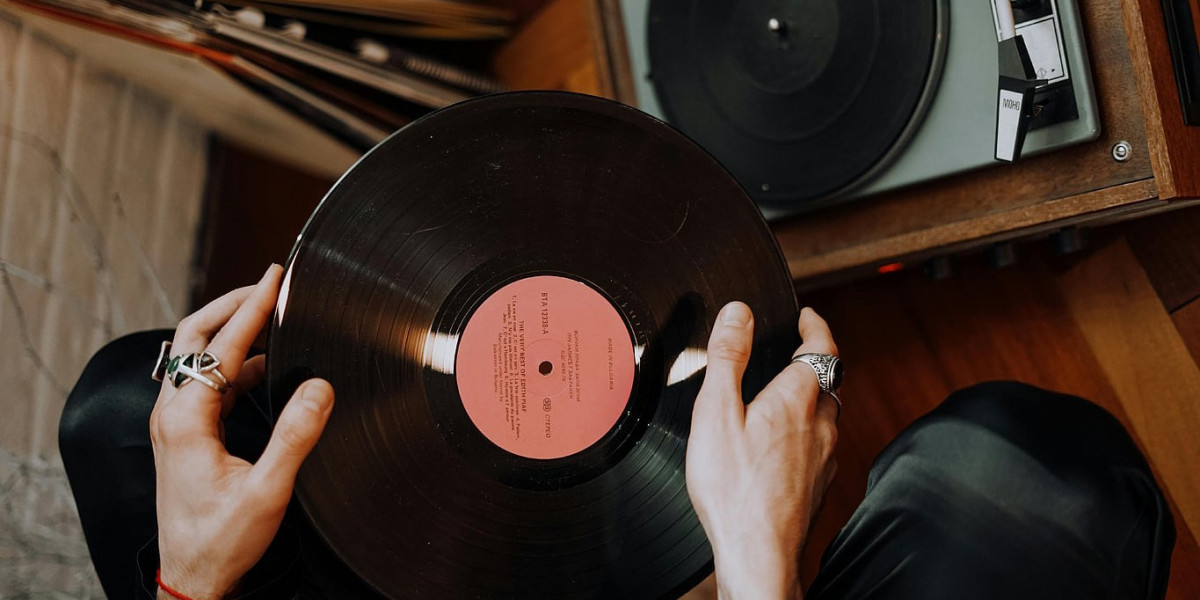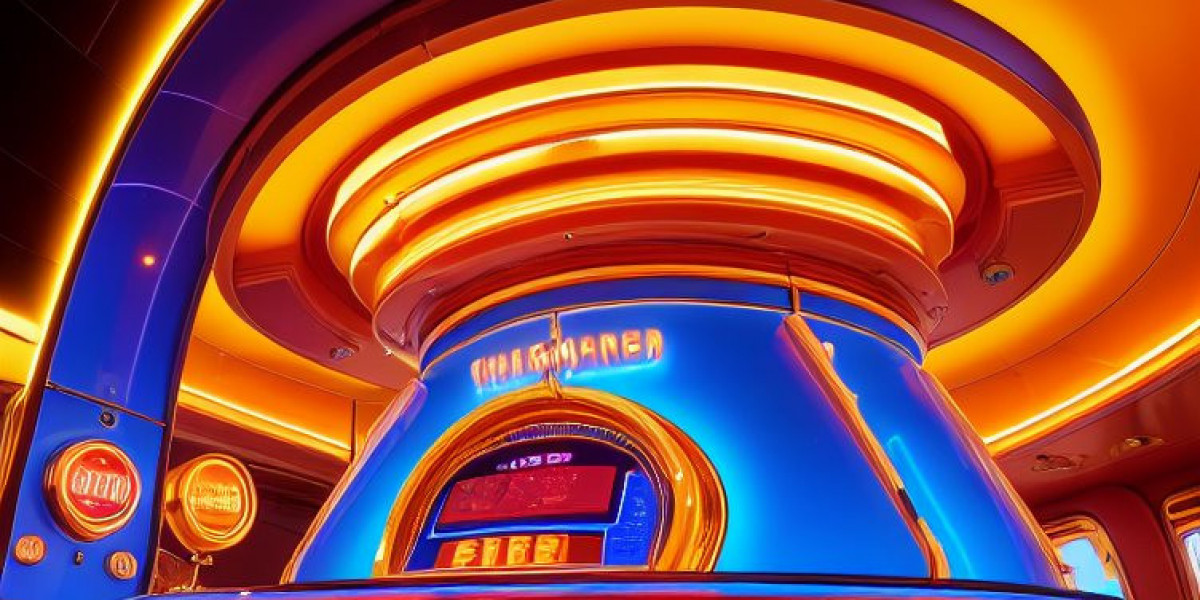In an age where music is often reduced to invisible data streams and algorithmically generated playlists, the vinyl record stands as a stubborn survivor—a physical artefact of musical history that refuses to fade into obscurity.
From its dominance in the mid-20th century to its near-extinction in the digital revolution, and its unexpected resurgence in recent years, vinyl has shaped not just how we listen to music, but how we experience it. Unlike the ephemeral nature of streaming, vinyl demands engagement: the careful removal of the record from its sleeve, the ritual of placing the needle, the crackle before the music begins. This tactile relationship with sound has ensured that, even in 2025, vinyl remains more than just a format—it’s a cultural phenomenon.
This article explores how vinyl records defined music consumption for decades, why they were almost wiped out by newer technologies, and what has driven their remarkable comeback in the 21st century.
The Golden Age Of Vinyl: How Records Built Modern Music Culture
The reign of vinyl as the dominant music format began in the late 1940s with the introduction of the long-playing (LP) record by Columbia Records. Before this, music was primarily distributed on fragile shellac 78 RPM discs, which could hold only a few minutes of audio per side. The LP’s extended playtime—around 22 minutes per side—revolutionised music, allowing artists to think beyond the three-minute single and experiment with longer compositions. This shift gave birth to the concept of the album as an artistic statement rather than just a collection of songs.
The 1960s and 1970s marked the golden age of vinyl, where records became more than just a medium—they were cultural artefacts. Album covers transformed into works of art, with iconic designs like Pink Floyd’s The Dark Side of the Moon or The Beatles’ Sgt. Pepper’s Lonely Hearts Club Band becoming as recognisable as the music itself. Record stores became social hubs, and owning a collection was a statement of identity. Unlike today’s disposable streaming culture, buying a record was an investment—a physical piece of music that required care and attention.
Vinyl also shaped the way people listened. The act of playing a record was deliberate: flipping sides, reading liner notes, and absorbing an album as a complete work. This stood in stark contrast to today’s shuffle culture, where listeners often skip tracks within seconds. The warmth and depth of analogue sound, with its slight imperfections and rich bass, became the benchmark for audio quality—a standard that many audiophiles still swear by today.
The Decline: How Cassettes, CDs, And Digital Nearly Killed Vinyl
By the 1980s, vinyl’s dominance was under threat. The rise of cassettes introduced portability, allowing people to take music on the go with Walkmans and car stereos. Then came the compact disc (CD) in the early 1990s, promising "perfect sound forever" with its crisp, digital audio. CDs were smaller, more durable, and eventually cheaper to produce. Record labels, eager to cut costs, began phasing out vinyl presses, and by the early 2000s, many believed the format was dead.
The MP3 revolution delivered what seemed like the final blow. With the rise of Napster and later iTunes, music became entirely digital—weightless, instant, and infinitely replicable. Why bother with bulky records when you could carry thousands of songs in your pocket? Vinyl was relegated to thrift shops and niche collector circles, seen as a relic of a bygone era.
Yet, something unexpected happened. Just as vinyl appeared to be breathing its last, it began to stage a comeback.
The Vinyl Revival: Why Records Are Back (And Bigger Than Ever)
In the mid-2000s, vinyl sales started creeping upwards again. At first, it was a small movement—nostalgic older listeners and underground DJs who preferred the tactile feel of records. But by the 2010s, vinyl’s resurgence had turned into a full-blown revival. In 2023, vinyl outsold CDs in the UK for the first time since 1987, with over 5.9 million records sold.
So why has vinyl returned? Several factors explain its unlikely second life.
1. The Tangible Experience In A Digital World
In an era where music is often background noise—played through smart speakers and forgotten in playlists—vinyl offers a more immersive experience. Handling a record, placing the needle, and sitting down to listen creates a ritual that streaming cannot replicate. For many, vinyl represents a way to reconnect with music as an active experience rather than passive consumption.
2. The Sound Debate: Analogue Warmth Vs. Digital Sterility
Audiophiles have long argued that vinyl provides a richer, more organic sound than compressed digital files. While CDs and streaming services offer clarity, vinyl’s analogue nature captures subtle nuances—especially in genres like jazz, blues, and rock—that digital formats can flatten. Modern pressings often use high-quality mastering techniques, further enhancing the appeal for sound purists.
3. The Collector’s Appeal
Vinyl has become a cultural statement. Limited-edition pressings, coloured vinyl, and deluxe box sets attract both music lovers and collectors. Artists now release special editions with bonus tracks, artwork, and liner notes, making vinyl a premium product rather than just a way to listen to music.
4. The Nostalgia Factor (Even For Younger Listeners)
Interestingly, many of today’s vinyl buyers weren’t even born during vinyl’s heyday. For younger listeners, records offer a connection to music history—a way to own something real in an increasingly virtual world. The resurgence of record stores, vinyl subscription services, and even major retailers like Tesco stocking LPs shows that this isn’t just a hipster trend—it’s a mainstream movement.
The Future Of Vinyl: More Than Just A Nostalgia Trip
Vinyl’s revival isn’t just about looking backward—it’s evolving. New technologies, such as high-definition vinyl (currently in development), aim to improve sound quality and durability while keeping the analogue charm. Artists like Taylor Swift, Billie Eilish, and Arctic Monkeys now release vinyl editions alongside digital drops, proving that records remain relevant in modern music marketing.
Yet, challenges remain. The vinyl industry struggles with supply chain delays, with pressing plants overwhelmed by demand. Some critics argue that the current boom is driven more by collectability than sound quality, with many new buyers not even owning turntables.
Still, the fact that vinyl has survived the digital revolution—and even thrived—suggests that there will always be listeners who crave a deeper connection to music. In a world of infinite streaming, vinyl reminds us that music isn’t just about convenience; it’s about experience, artistry, and the physical joy of holding sound in your hands.
Why Vinyl Still Matters
From its birth in the 1940s to its near-death in the 2000s and its triumphant return today, vinyl has proven itself to be more than just a format—it’s a cultural force. It shaped how we experience albums, influenced visual art through iconic covers, and created communities of collectors and audiophiles.
In an age of algorithms and disposable streaming, vinyl endures because it offers something rare: intention. It demands that we slow down, listen properly, and appreciate music as something tangible. Whether you’re a lifelong collector or a newcomer curious about the buzz, vinyl’s revival proves that some things—like the magic of dropping a needle on a record—never truly go out of style.










